The sun and earth -> gymnosperms
Gymnosperms
Gymnosperms are a group of seed-producing plants that include conifers, cycads, Ginkgo, and gnetophytes. They are known for their "naked seeds," which are not enclosed within an ovary or fruit. This distinguishes them from angiosperms, which have seeds enclosed within a fruit. Gymnosperms are some of the oldest and most primitive plants on Earth, and they have unique reproductive structures and adaptations that set them apart from other plant groups.
Characteristics of Gymnosperms
- Naked Seeds: Gymnosperms produce seeds that are exposed on the surface of specialized leaves or scales, often arranged in cones or similar structures.
- Needle-like or Scale-like Leaves: Most gymnosperms have needle-like or scale-like leaves, which help reduce water loss and protect against herbivores.
- Wood Production: Gymnosperms are known for their production of wood, which has made them economically important for timber and paper production.
- Adaptation to Cold Climates: Many gymnosperms are adapted to cold climates and can thrive in harsh environmental conditions.
- Wind Pollination: Gymnosperms typically rely on wind pollination, as they do not produce showy flowers to attract pollinators.
Examples of Gymnosperms
Some common examples of gymnosperms include:
- Conifers: Pine, spruce, fir, and cedar trees are examples of conifers, which are the most familiar group of gymnosperms.
- Cycads: Cycads are palm-like plants with large, compound leaves and sturdy trunks. They are often found in tropical and subtropical regions.
- Ginkgo: Ginkgo biloba is a unique gymnosperm with fan-shaped leaves and a distinctive appearance. It is often planted in urban landscapes.
- Gnetophytes: Gnetophytes are a diverse group of gymnosperms that include plants like Ephedra, Welwitschia, and Gnetum.
Study Guide
Here are some key points to remember when studying gymnosperms:
- What are the defining characteristics of gymnosperms?
- How do gymnosperms differ from angiosperms in terms of seed production?
- What are the major groups of gymnosperms, and what are some examples of each group?
- How do gymnosperms adapt to different environmental conditions?
- What is the economic importance of gymnosperms?
Understanding the unique features and diversity of gymnosperms can provide valuable insights into the evolutionary history of plants and their ecological significance in various ecosystems.
.◂Science Worksheets and Study Guides Second Grade. The sun and earth

 Activity Lesson
Activity Lesson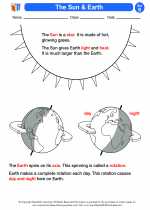
 Worksheet/Answer key
Worksheet/Answer key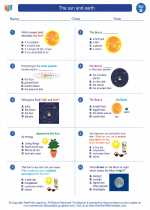
 Worksheet/Answer key
Worksheet/Answer key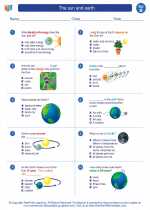
 Worksheet/Answer key
Worksheet/Answer key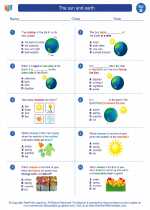
 Worksheet/Answer key
Worksheet/Answer key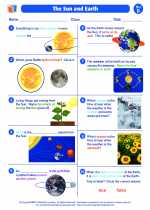
 Vocabulary/Answer key
Vocabulary/Answer key
